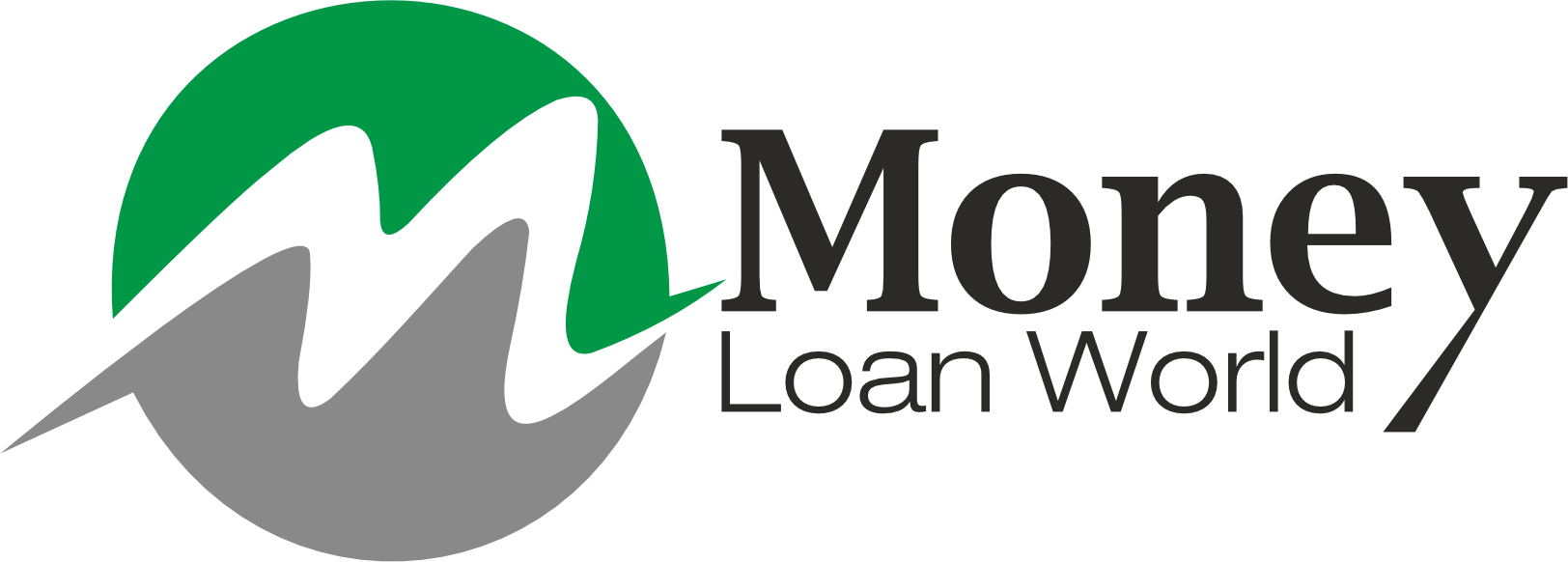In the modern financial world, obtaining a loan has evolved into a fundamental aspect of countless individuals' daily lives. Whether the objective is launching a business, acquiring a residence, or addressing unforeseen financial demands, individuals often find themselves at the crossroads of deciding between the convenience of online loans and the reliability of traditional bank loans. Each avenue boasts its unique merits and drawbacks, necessitating borrowers to embark on a journey of informed decision-making that aligns with their specific financial requirements. In this article, we embark on a journey to dissect the advantages and disadvantages of readily accessible loans and the more conventional bank loan route.
 Read more.. Why LIC Is Vital for Our Financial Well-Being
Read more.. Why SIP is Invaluable to My Financial Future
Read more.. Why LIC Is Vital for Our Financial Well-Being
Read more.. Why SIP is Invaluable to My Financial Future
Easily Accessible Loans
Pros:
1. Convenience: Easily accessible loans, often available through online platforms, offer unparalleled convenience. Borrowers can apply for these loans from the comfort of their homes, eliminating the need for in-person visits to a bank.
2. Speed: The application process for easily accessible loans is typically quicker compared to traditional bank loans. Many online lenders provide near-instant approval and funding, which is essential in urgent financial situations.
3. Flexibility: "Such loans frequently feature remarkably adaptable eligibility requirements, enabling a wider spectrum of borrowers to access them, including individuals with credit scores that may not be pristine."
4. Transparency: Numerous digital lenders prioritize transparency by clearly outlining their interest rates and fees, empowering borrowers to grasp the complete expense of the loan prior to making a commitment.
Cons:
1. Higher Interest Rates: Loans designed to cater to individuals with lower credit scores often carry elevated interest rates when contrasted with conventional bank loans, making them more accessible but costlier options.
2. Limited Regulation: Some online lenders operate in less regulated environments, potentially exposing borrowers to predatory lending practices. It's essential to research lenders thoroughly before applying.
3. Risk of Over-Borrowing: The ease of access to online loans can lead some individuals to borrow more than they can realistically repay, which can result in a cycle of debt.

Read more.. Understanding Education Loan Interest Rates: A Comprehensive
Read more.. The Super Children Investment Plan: Turning 5,000 Rupees MonthlyTraditional Bank Loans
Pros:
1. Lower Interest Rates: Lenders often extend loans at reduced interest rates, particularly to individuals boasting strong credit backgrounds, potentially leading to significant cost savings throughout the loan's duration.
2. Regulation and Consumer Protections: Conventional financial institutions are bound by stringent regulations and consumer safeguarding statutes, which significantly diminish the possibility of exploitative lending tactics.
3. Relationship Building: Taking a loan from a conventional bank can establish a lasting financial partnership, potentially opening doors to more favorable loan terms and expanded access to various financial offerings.
Cons:
1. Stringent Eligibility Criteria: Banks often have stricter eligibility criteria, which can exclude individuals with lower credit scores or irregular income.
2. Lengthy Approval Process: The approval process for bank loans can be time-consuming, involving extensive documentation and in-person meetings.
3. Limited Accessibility: Traditional bank loans may not be easily accessible to individuals in remote areas or those without a physical branch nearby.
Conclusion
When it comes to choosing between easily accessible loans and traditional bank loans, borrowers must thoughtfully evaluate their financial circumstances and requirements. Convenient and speedy as they may be, easily accessible loans carry higher expenses and potential hazards. In contrast, traditional bank loans boast lower interest rates and enhanced security but might entail a more complex application procedure and be less readily available. In the end, the decision should harmonize with the borrower's financial aspirations and their capacity to conscientiously meet the loan's conditions. Irrespective of the chosen path, comprehensive research and prudent investigation are indispensable for making astute financial choices.

